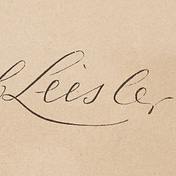
The Fervent Zeale
The Jacob Leisler Institute for the study of early New York history
By subscribing, I agree to Substack’s Terms of Use and acknowledge its Information Collection Notice and Privacy Policy

The Jacob Leisler Institute for the study of early New York history